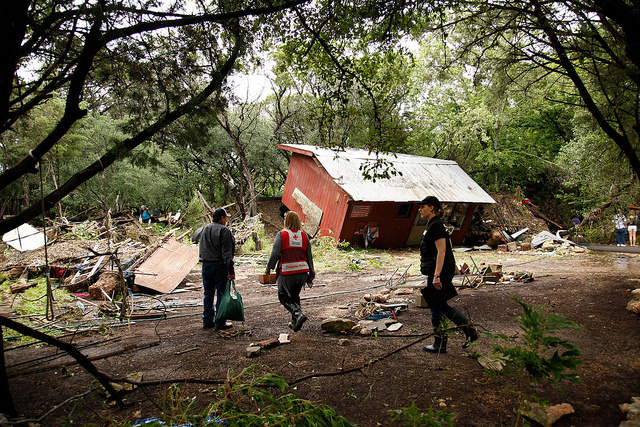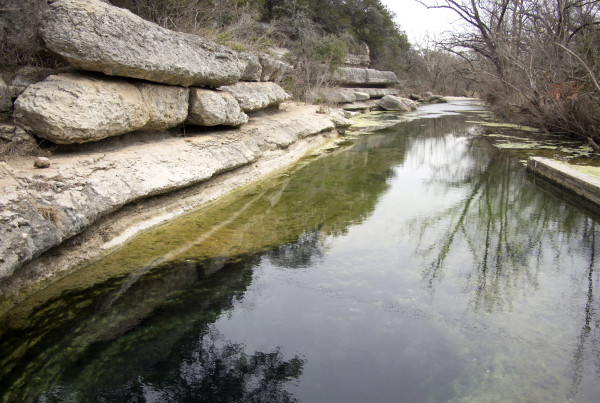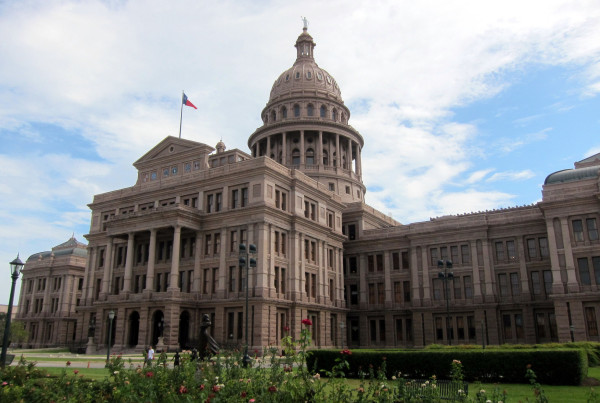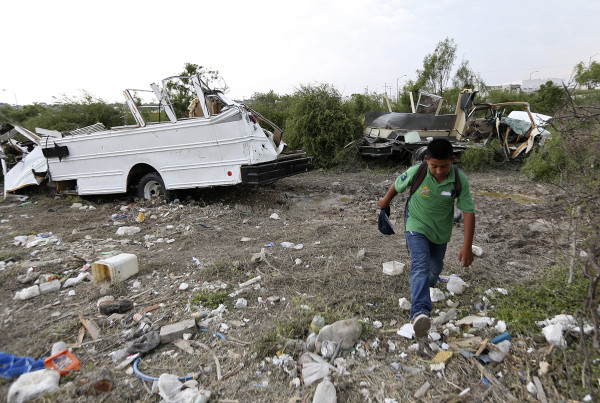The Brazos River is near flood level in north Texas. More than 200 homes in Parker County were asked to evacuated. In suburban Houston, some subdivisions along the San Jacinto River could flood. And in Wimberley, volunteers will continue searching today for missing people.
With all this devastation following the severe weather over Memorial Day weekend, some people are asking why are so many homes constructed in these flood zones in the first place.
Andrew Revkin, a columnist for the New York Times who writes about sustainability issues, joins the Texas Standard to discuss Texas’ flood infrastructure.
“The area around Austin and some other parts of the state is hardly unique in being a place that is impossible but also inevitable,” Revkin says. “It’s an area that historically — due in part to its both meteorology and geology — is really prone to flash floods”
How does the political issues of private property rights in the state play into this type of building in flood-prone areas?
“It is a state with a strong tradition of property rights first and the responsibility of the land owner. Governance is sort of only on an as-needed basis and that can lead you to kind of an imbalance of depending on who you talk to on how things play out,” he says.
Is this type of rainfall and damage unusual for Texas?
“Texas’ flash flood history is astounding,” Revkin says. “While this particular river level was a record… I was told by a hydrologist and an environmental scientist that Texas holds a couple of the world records for rainfall. I’ve been in the amazon and seen lots of rain and that’s kind of an amazing thing to think of. So it’s not like this is an ‘oh my god’ moment. It’s not like, ‘where did this come from?’”













